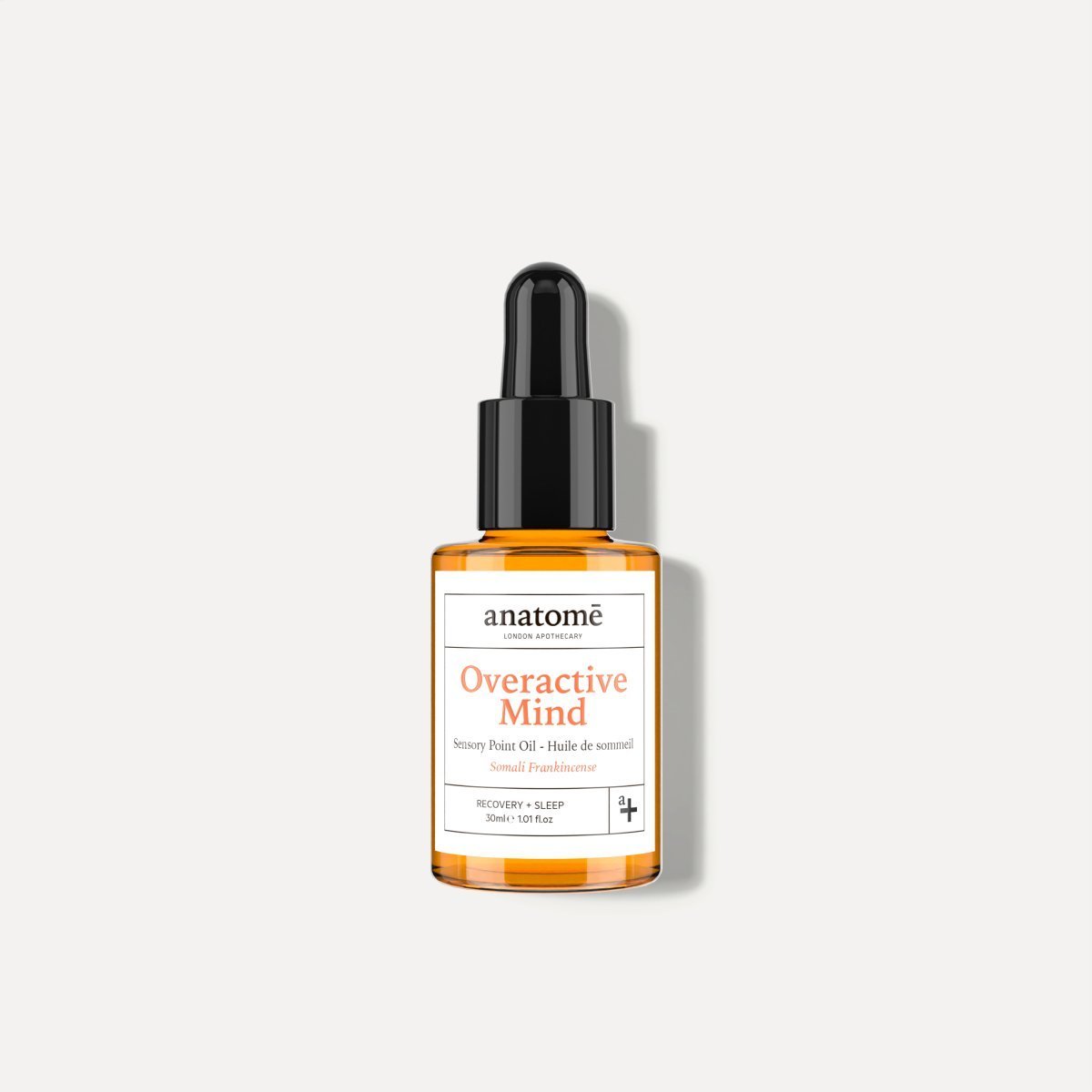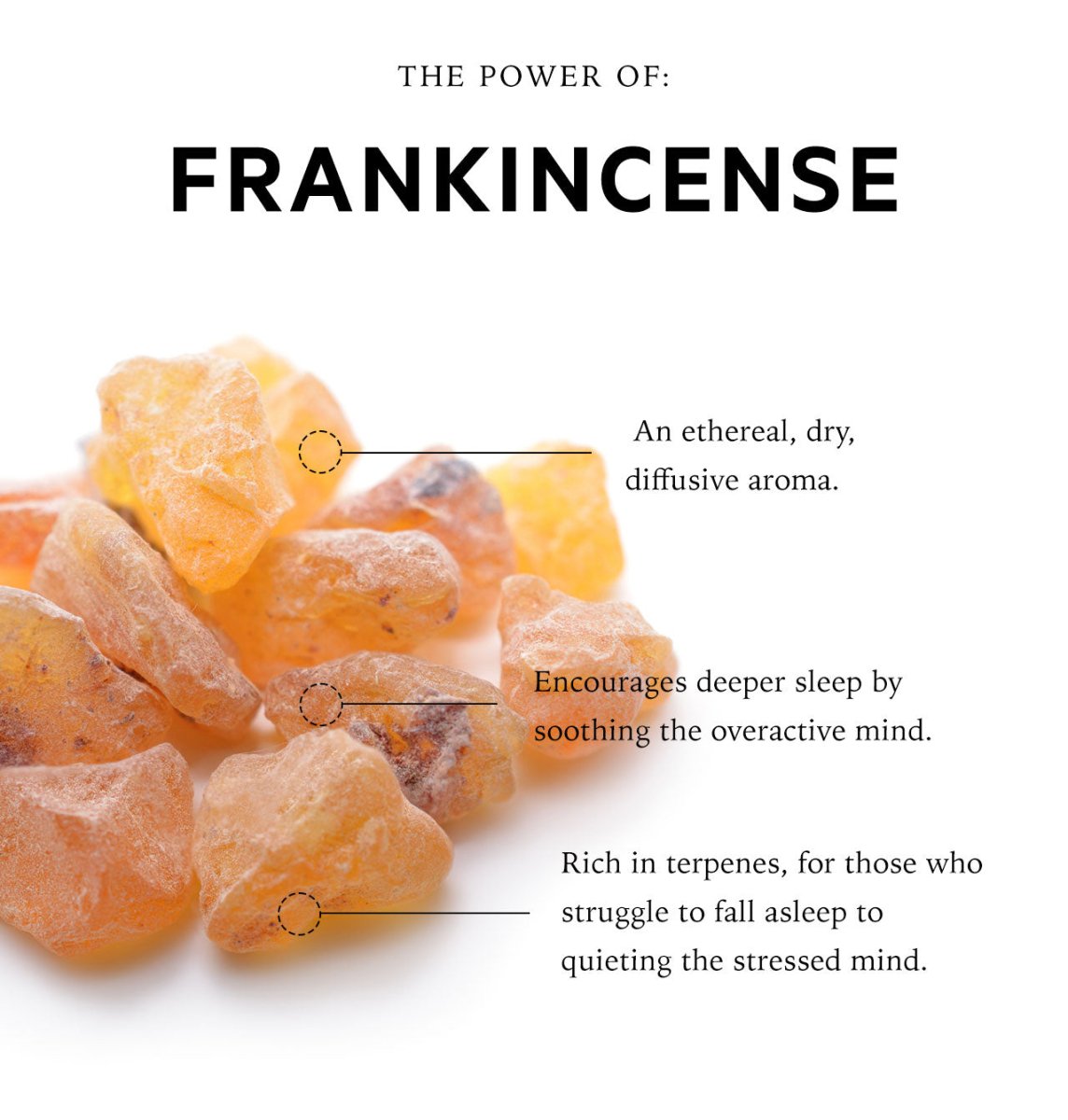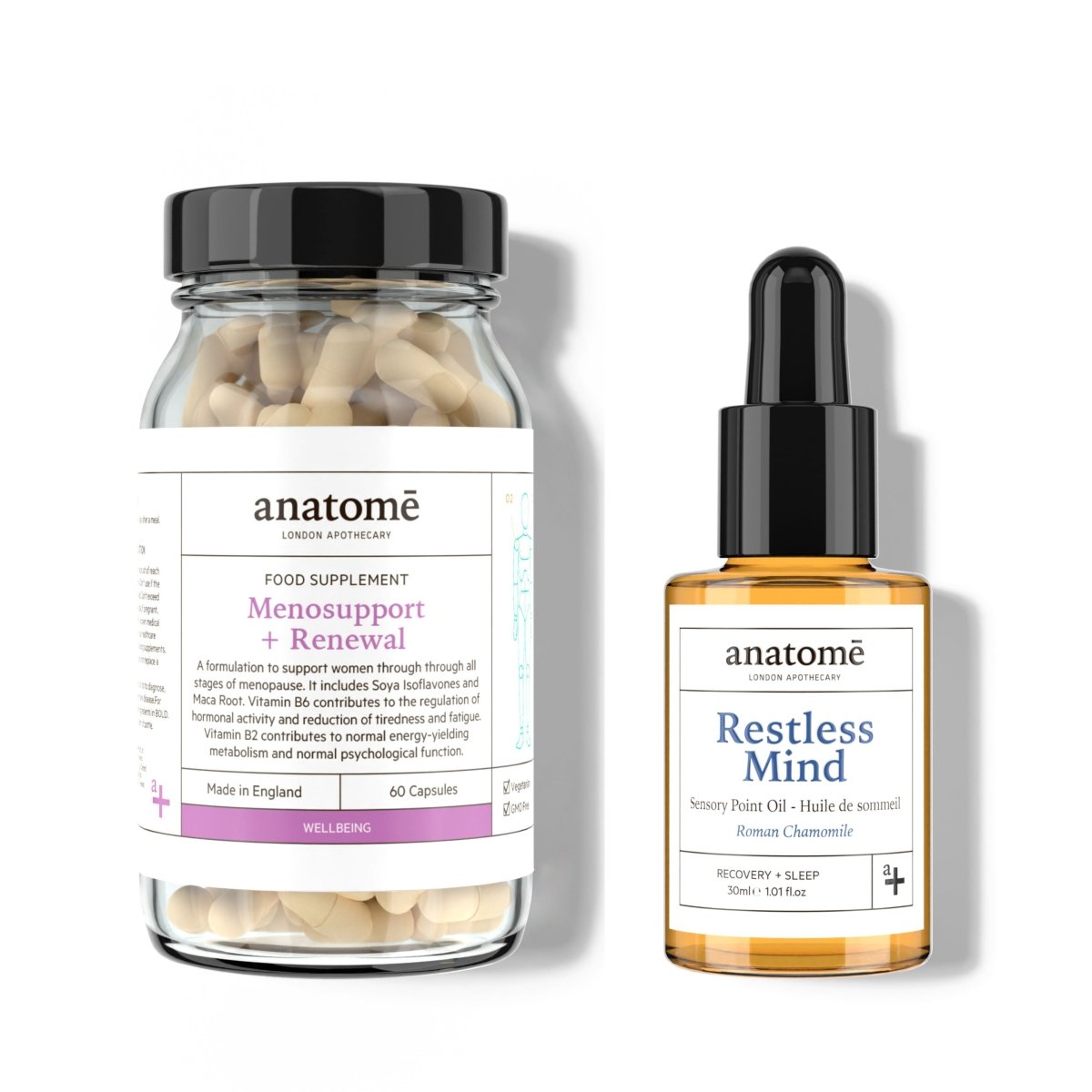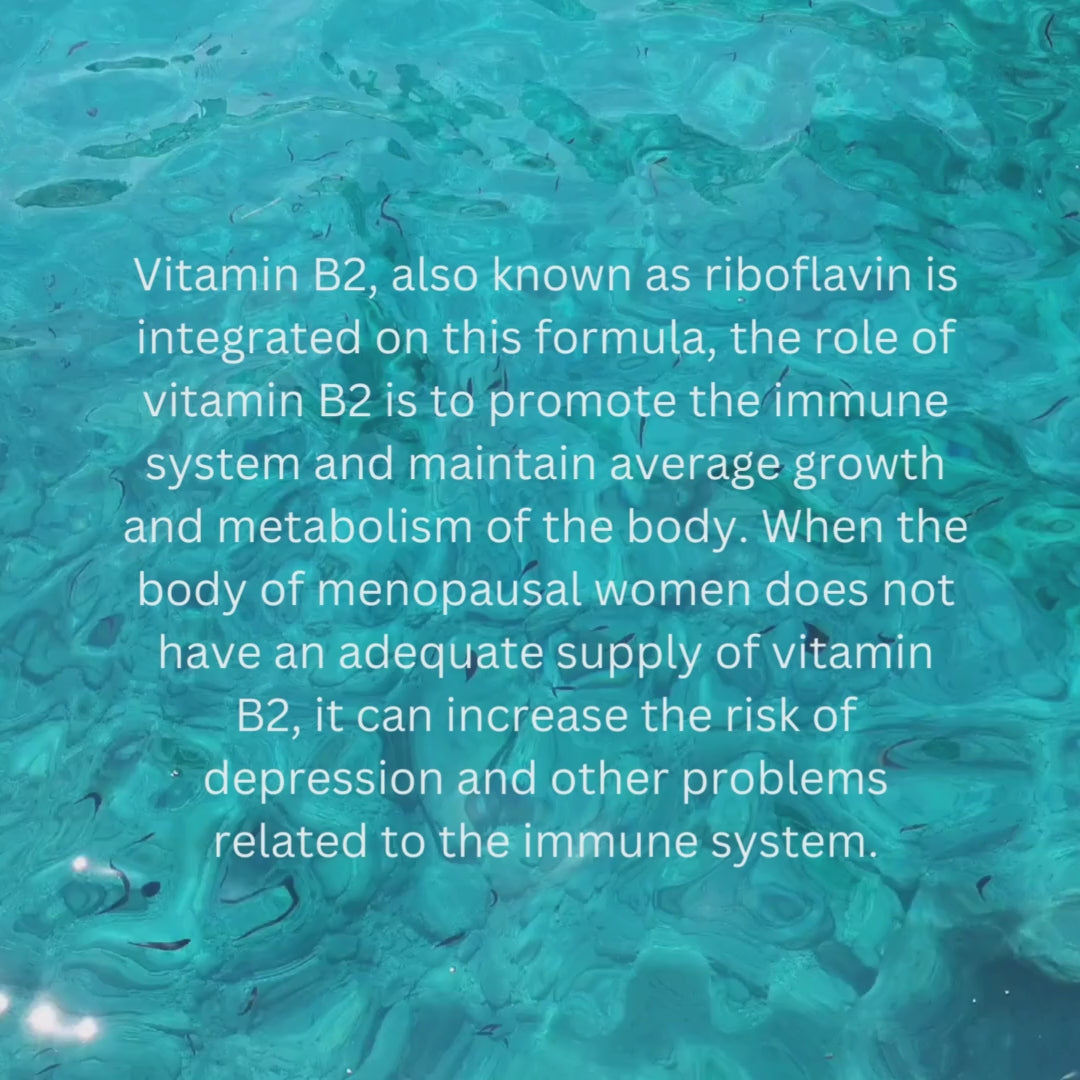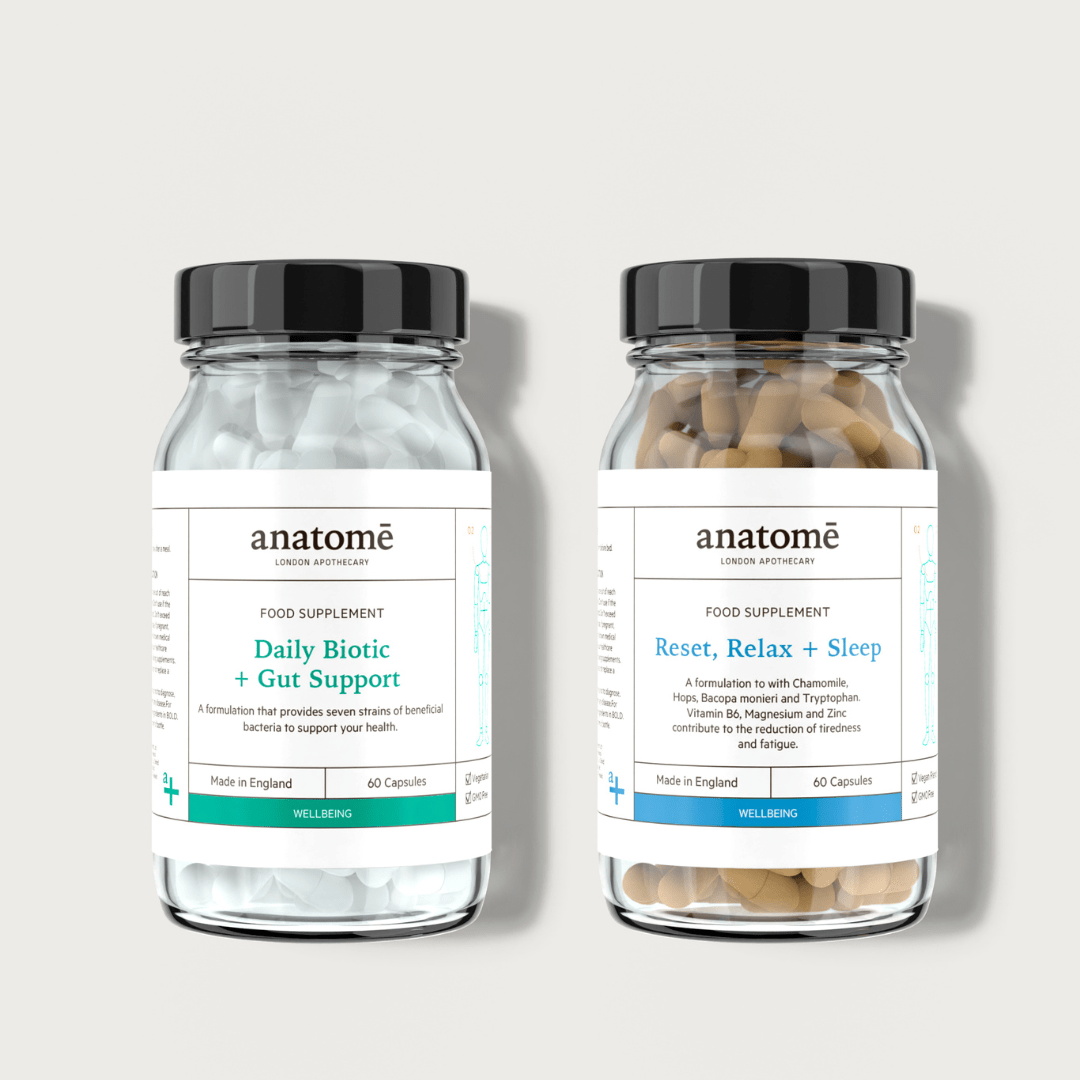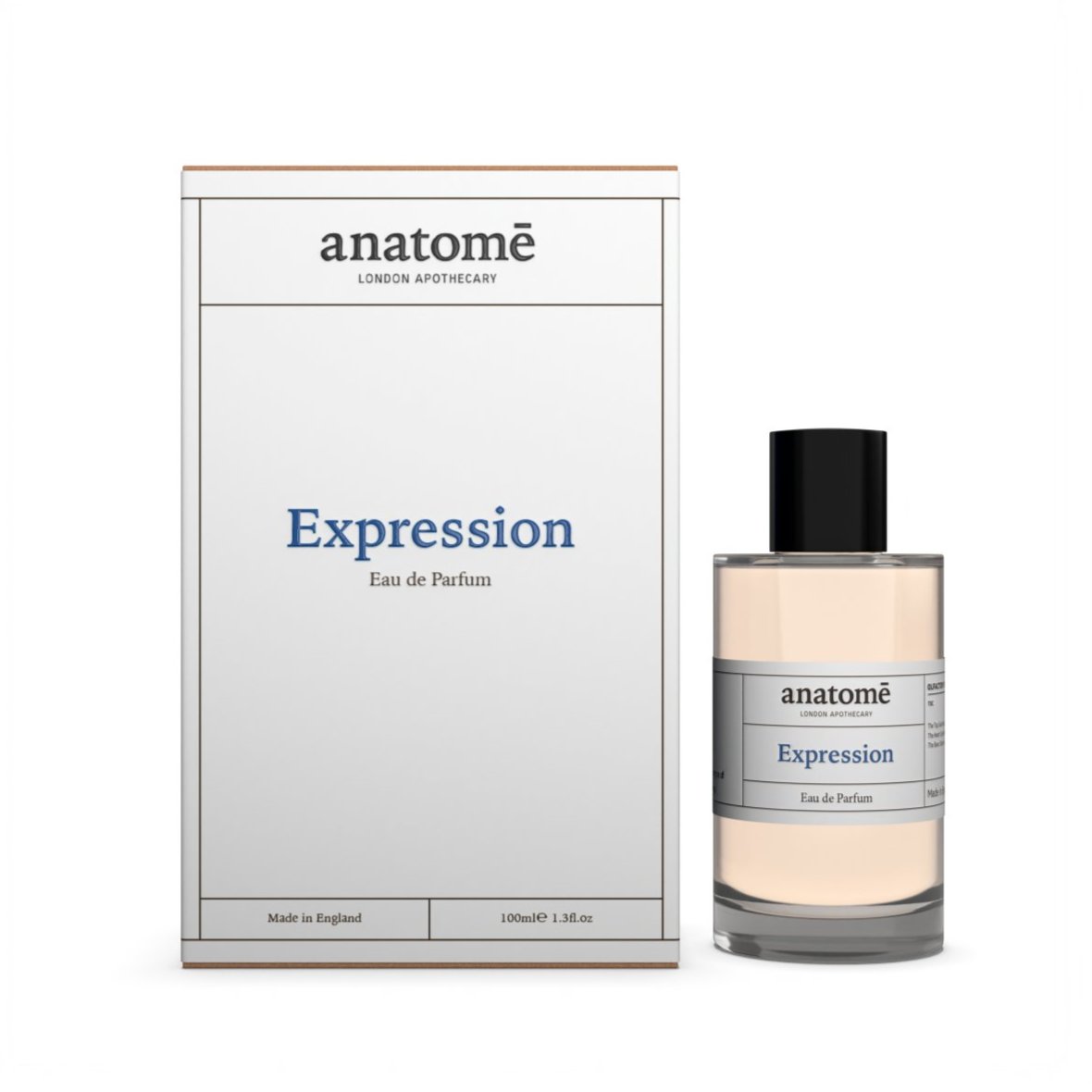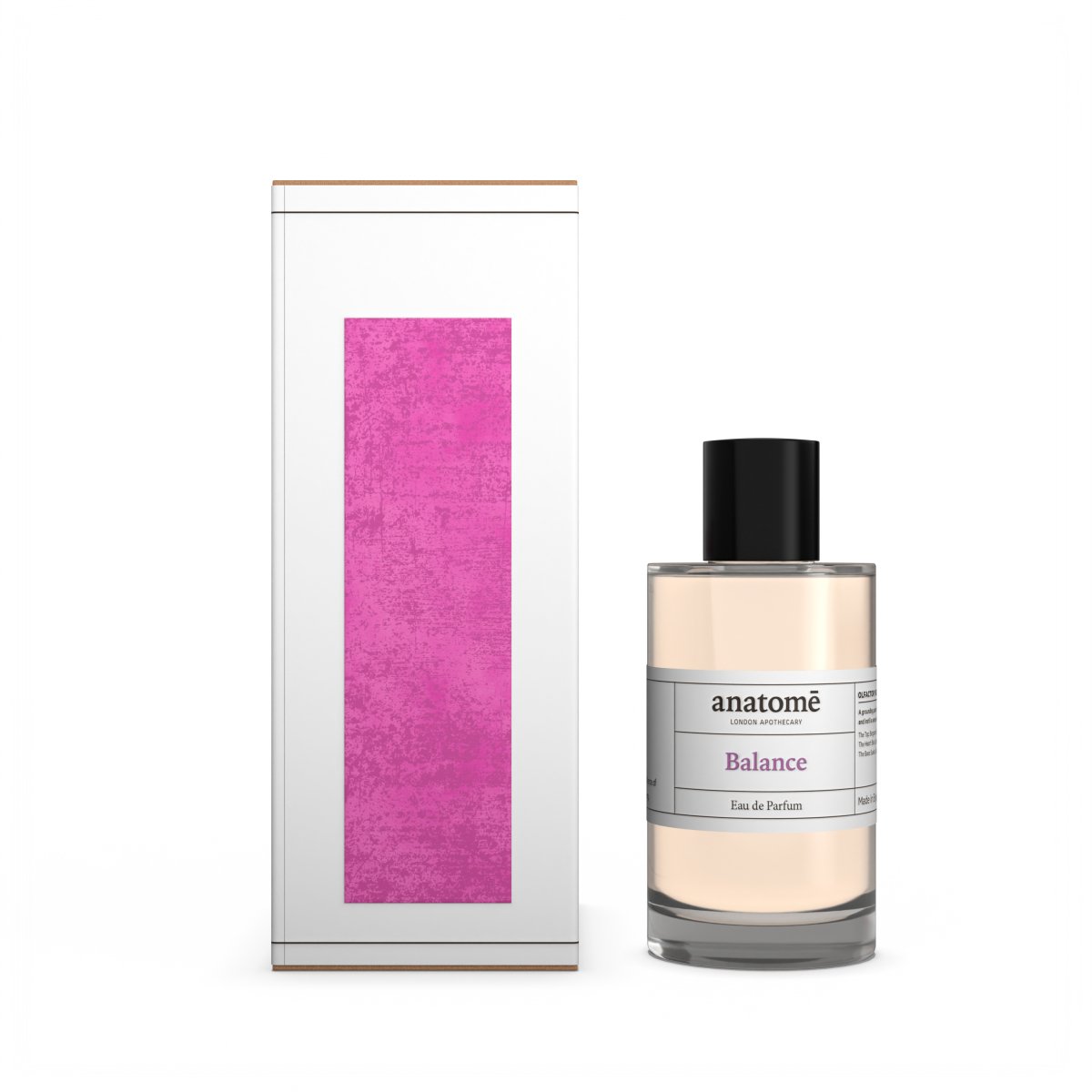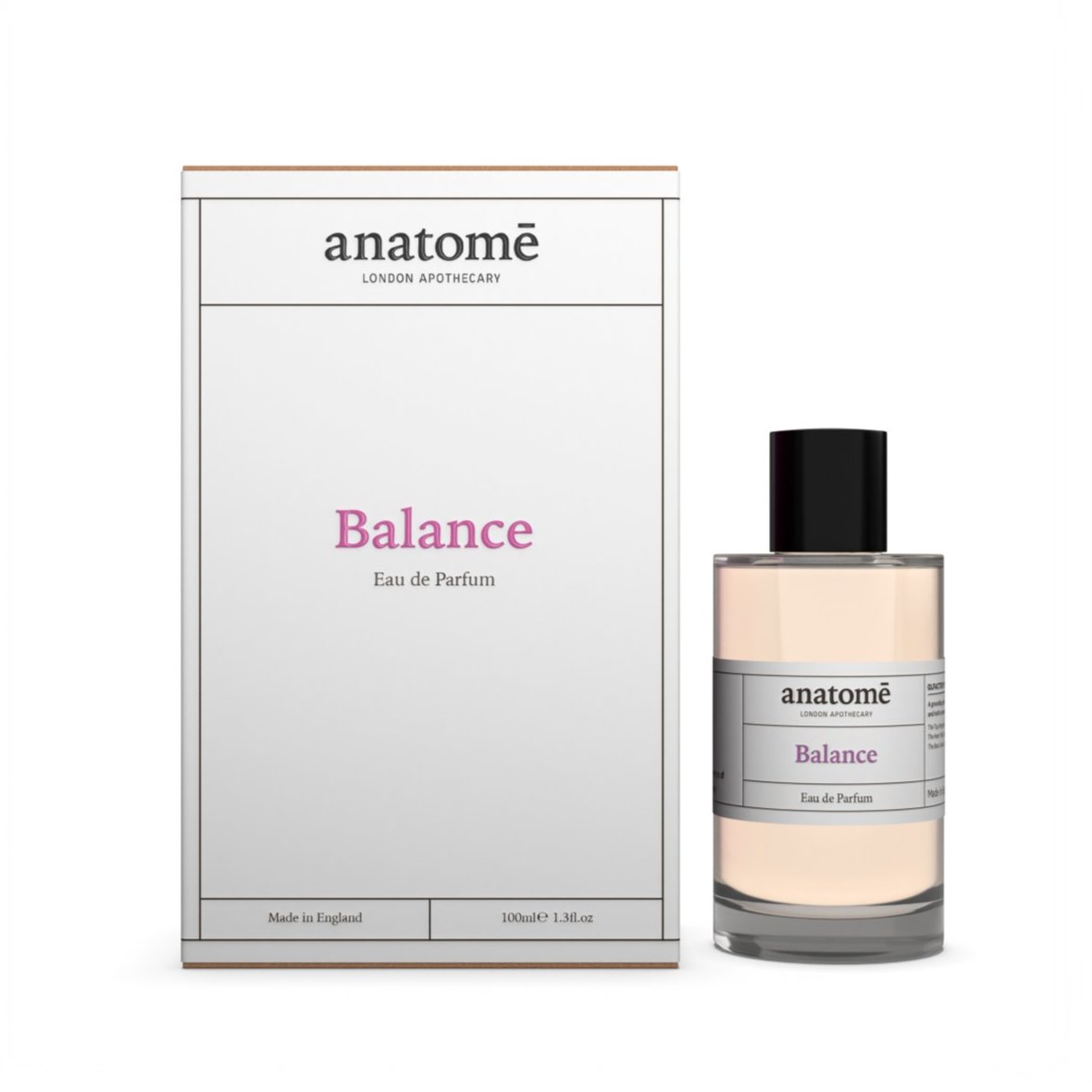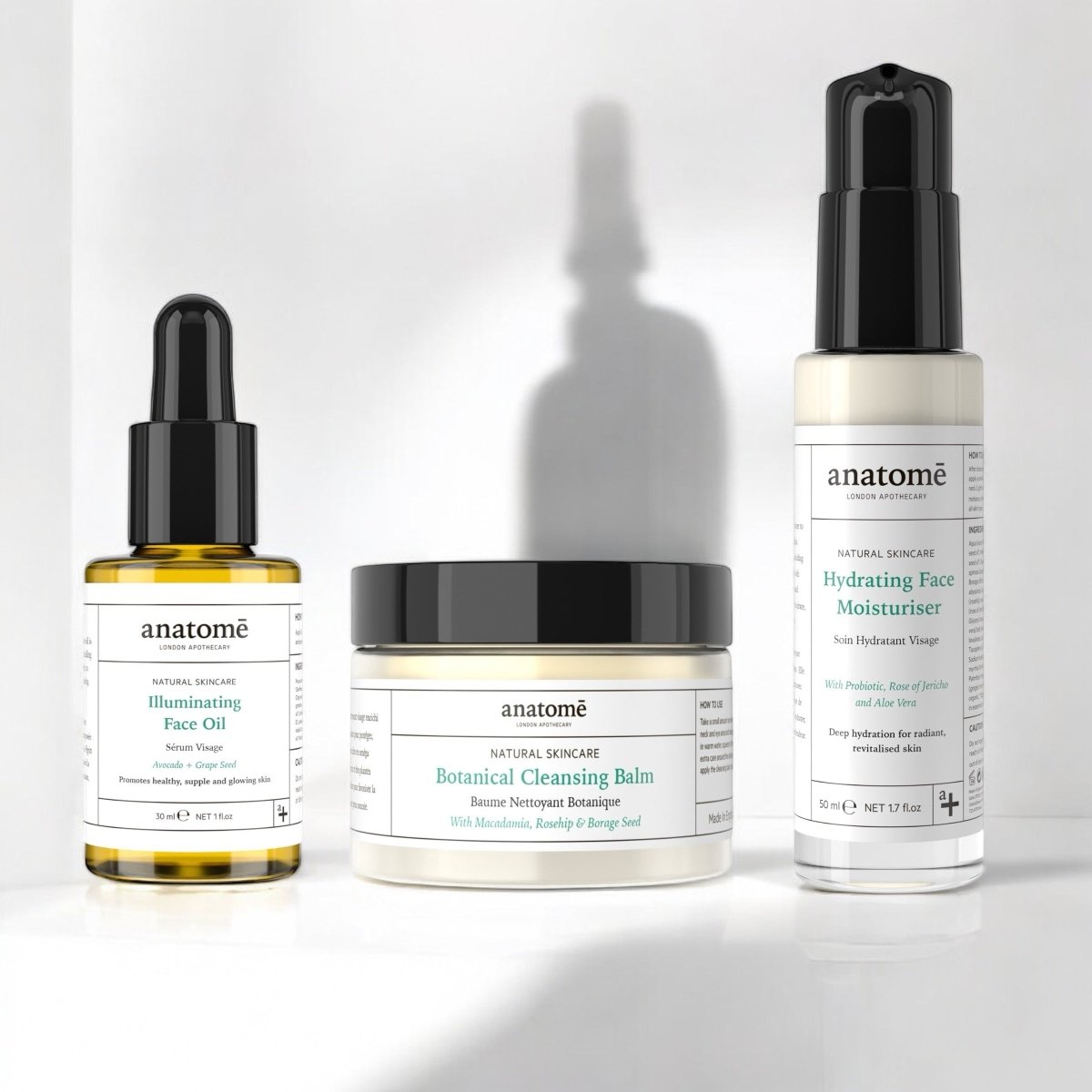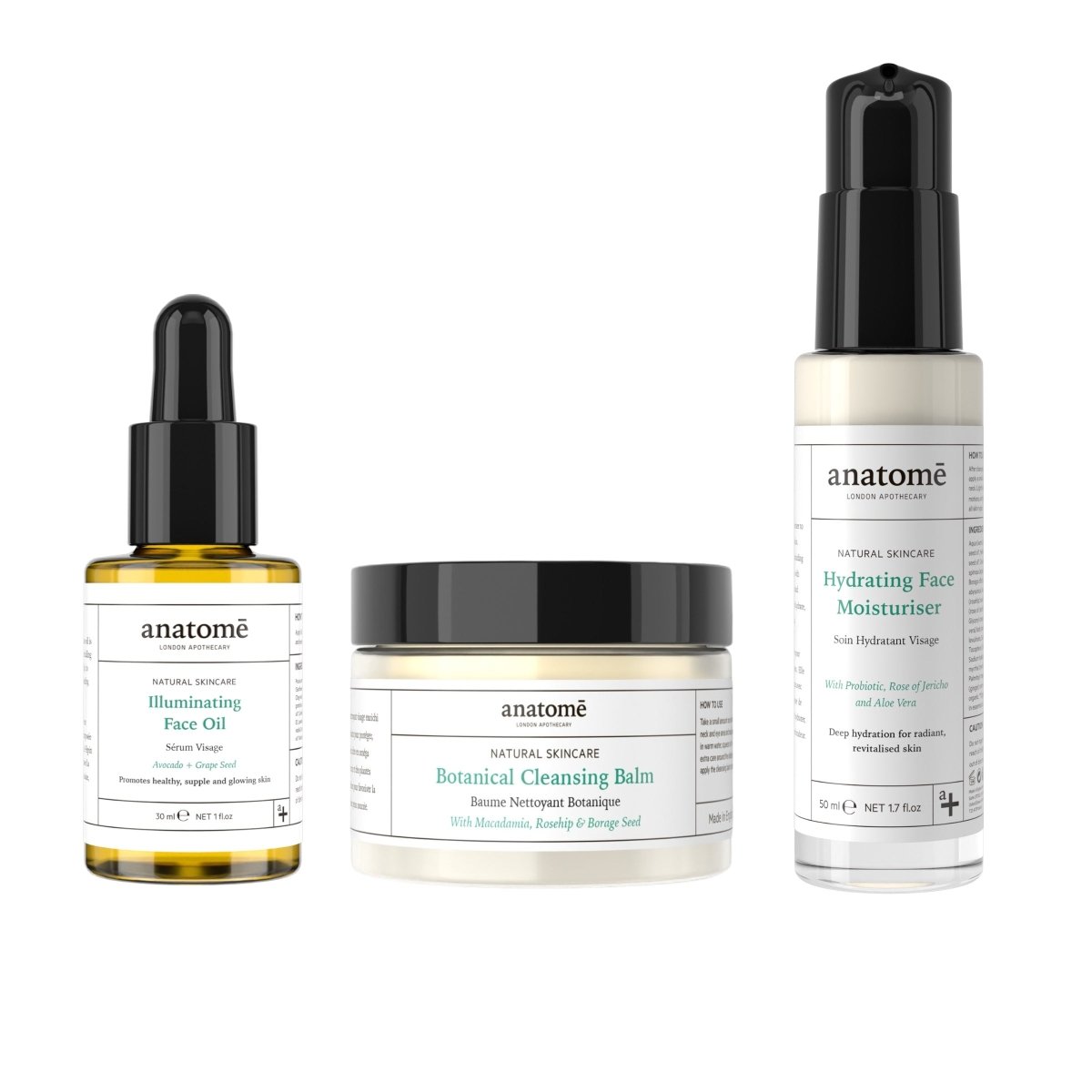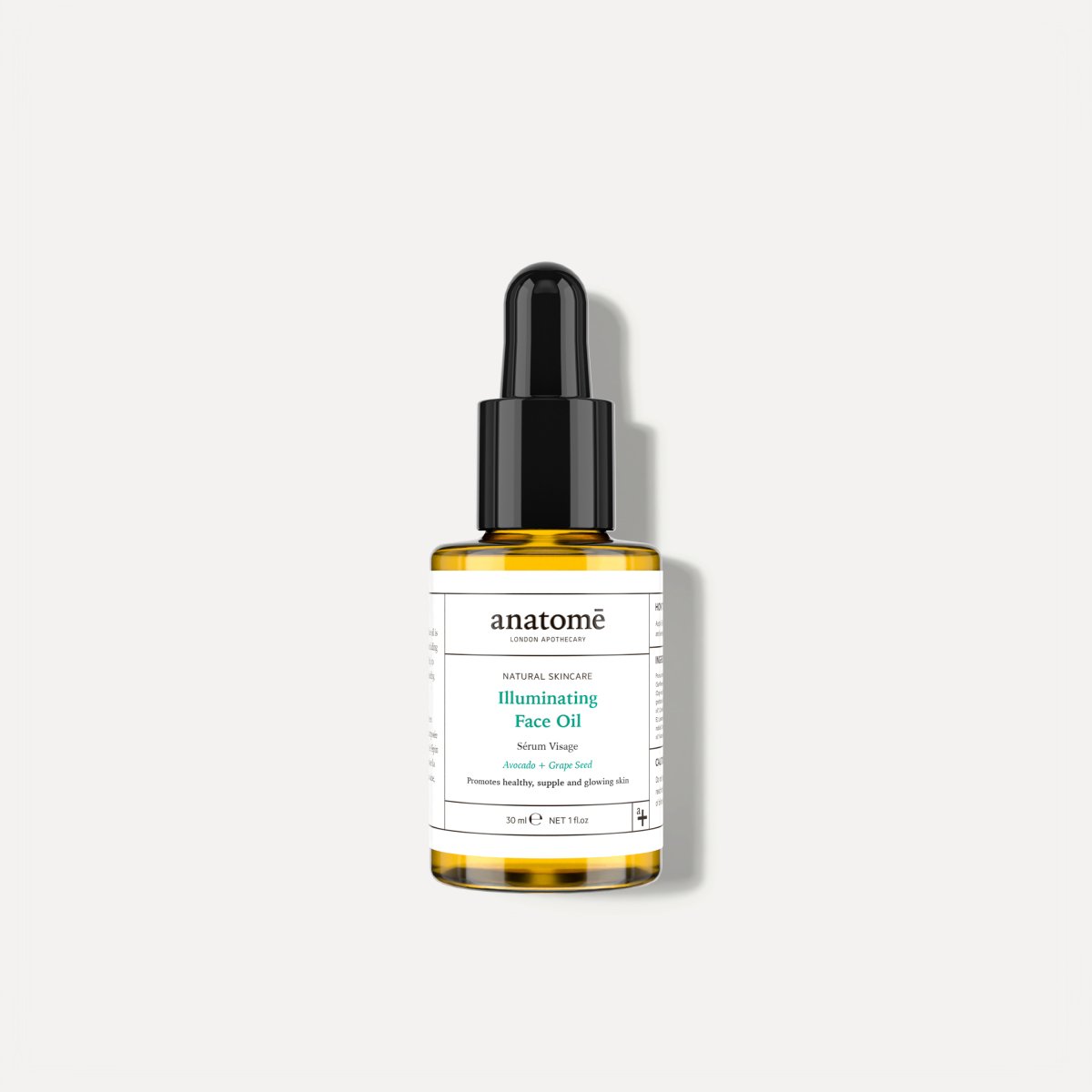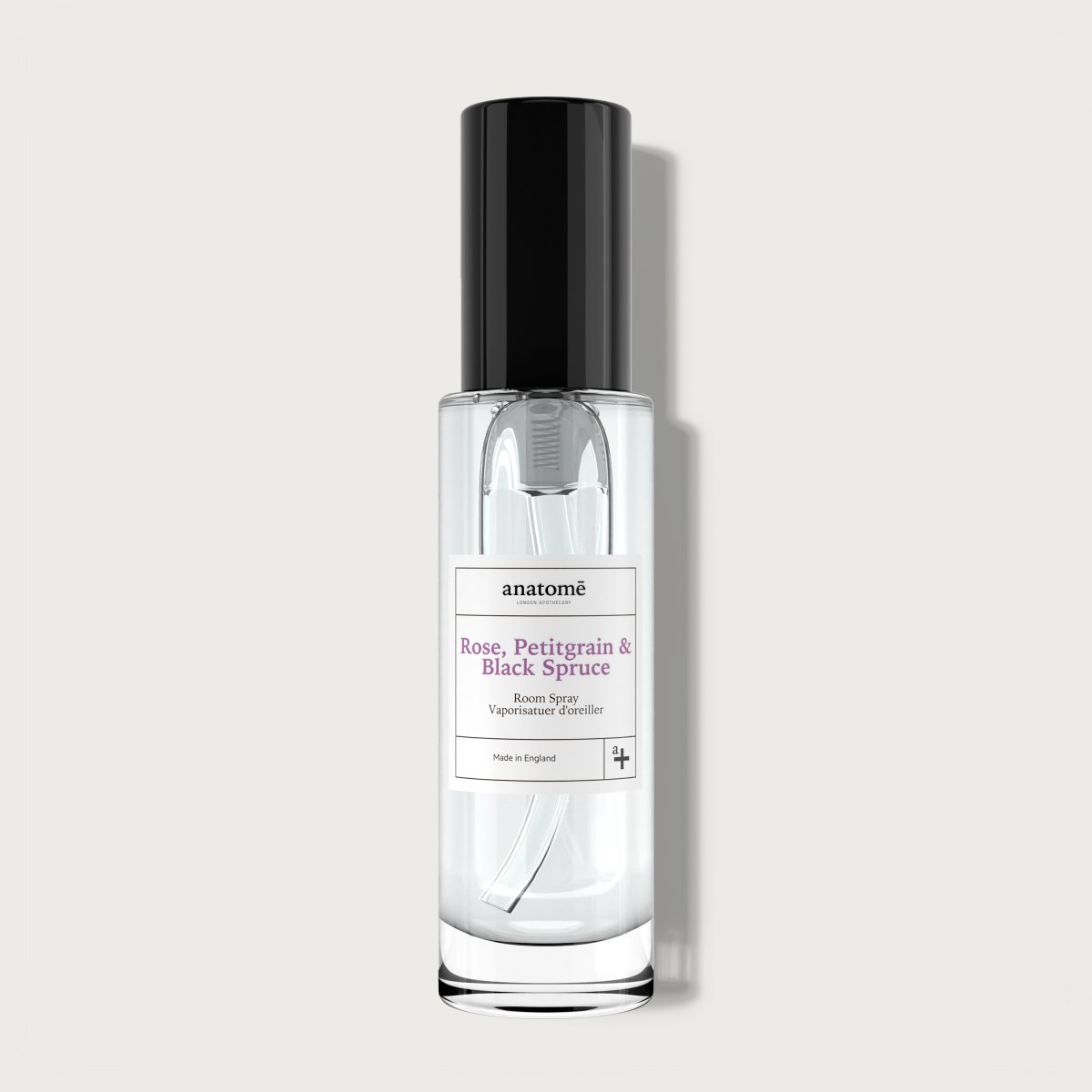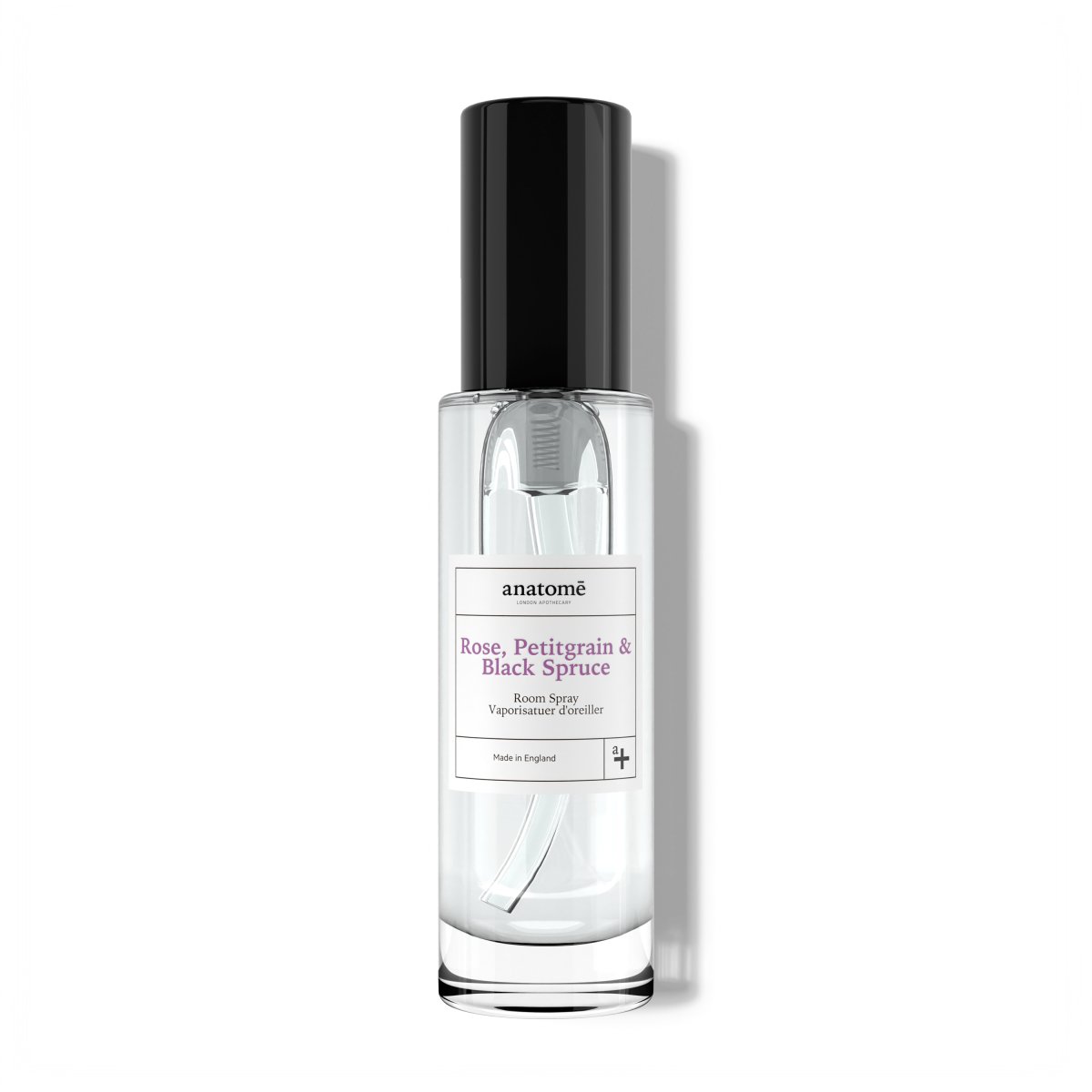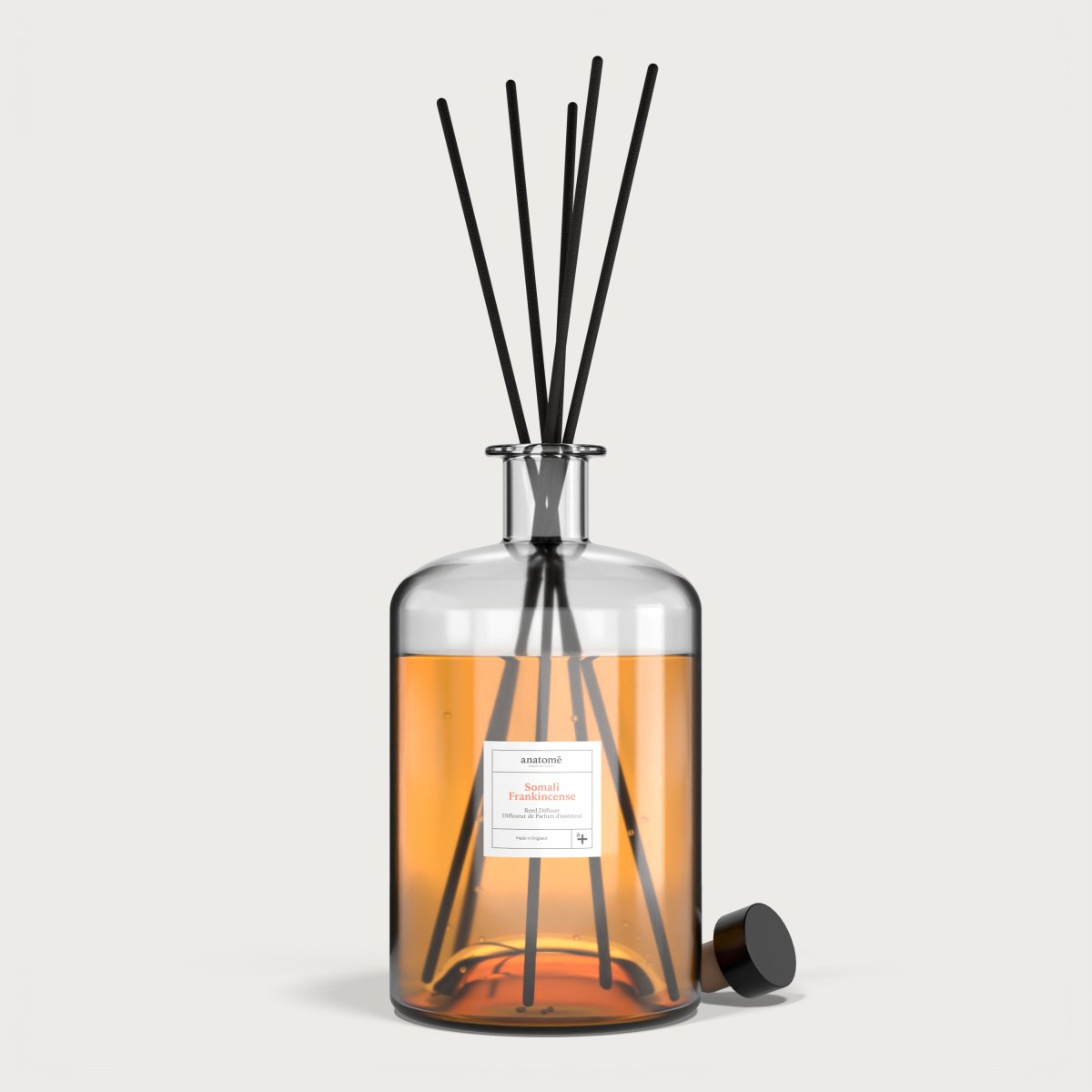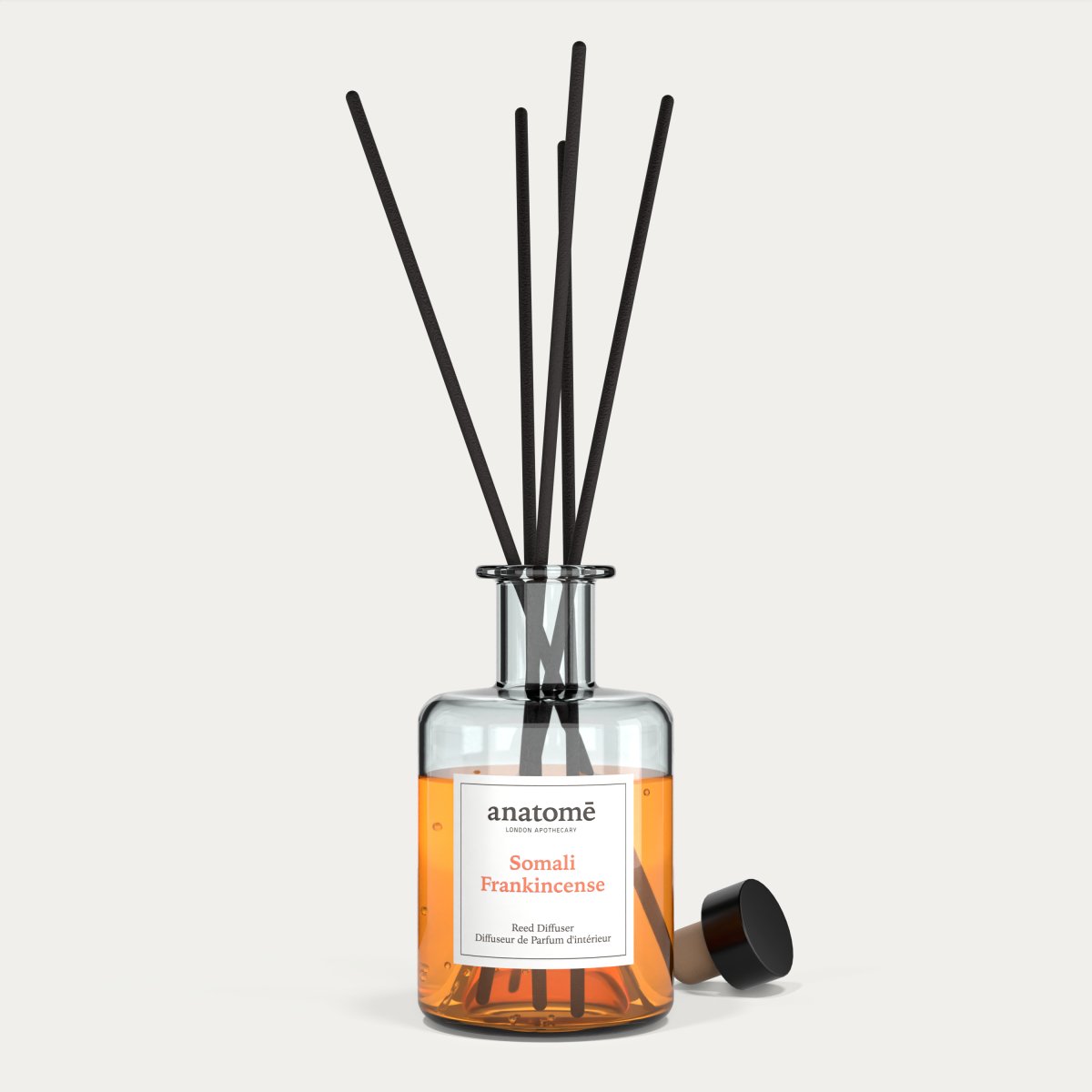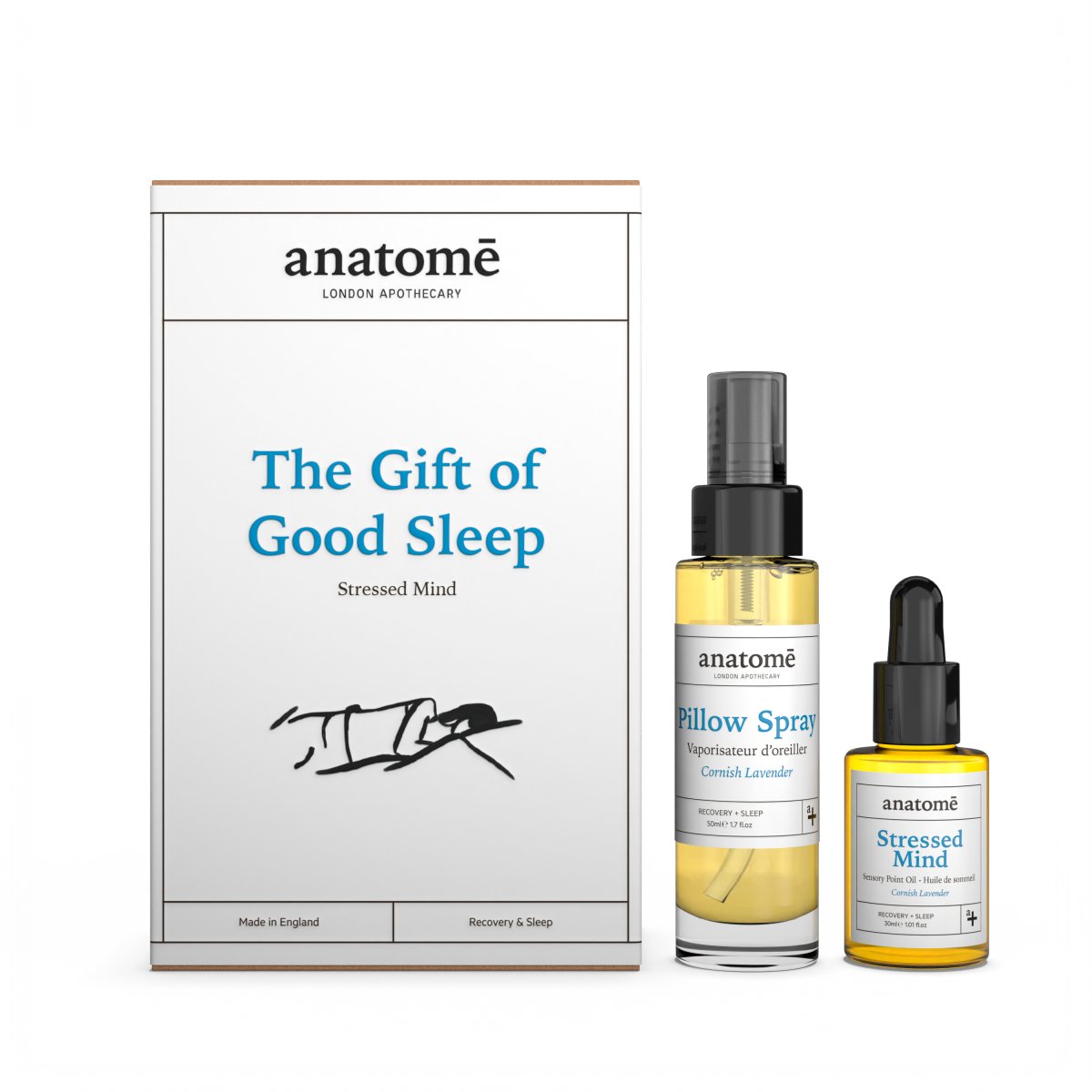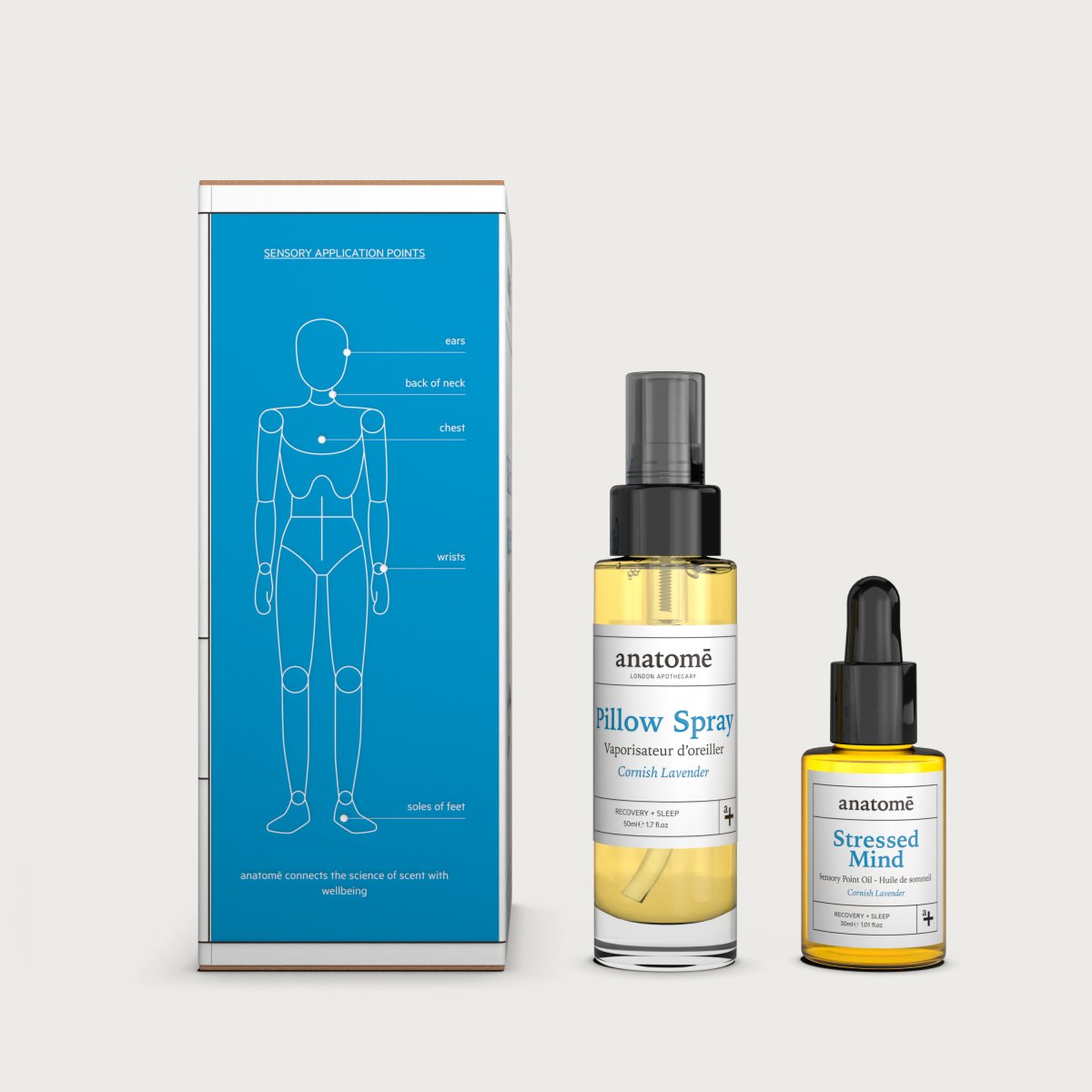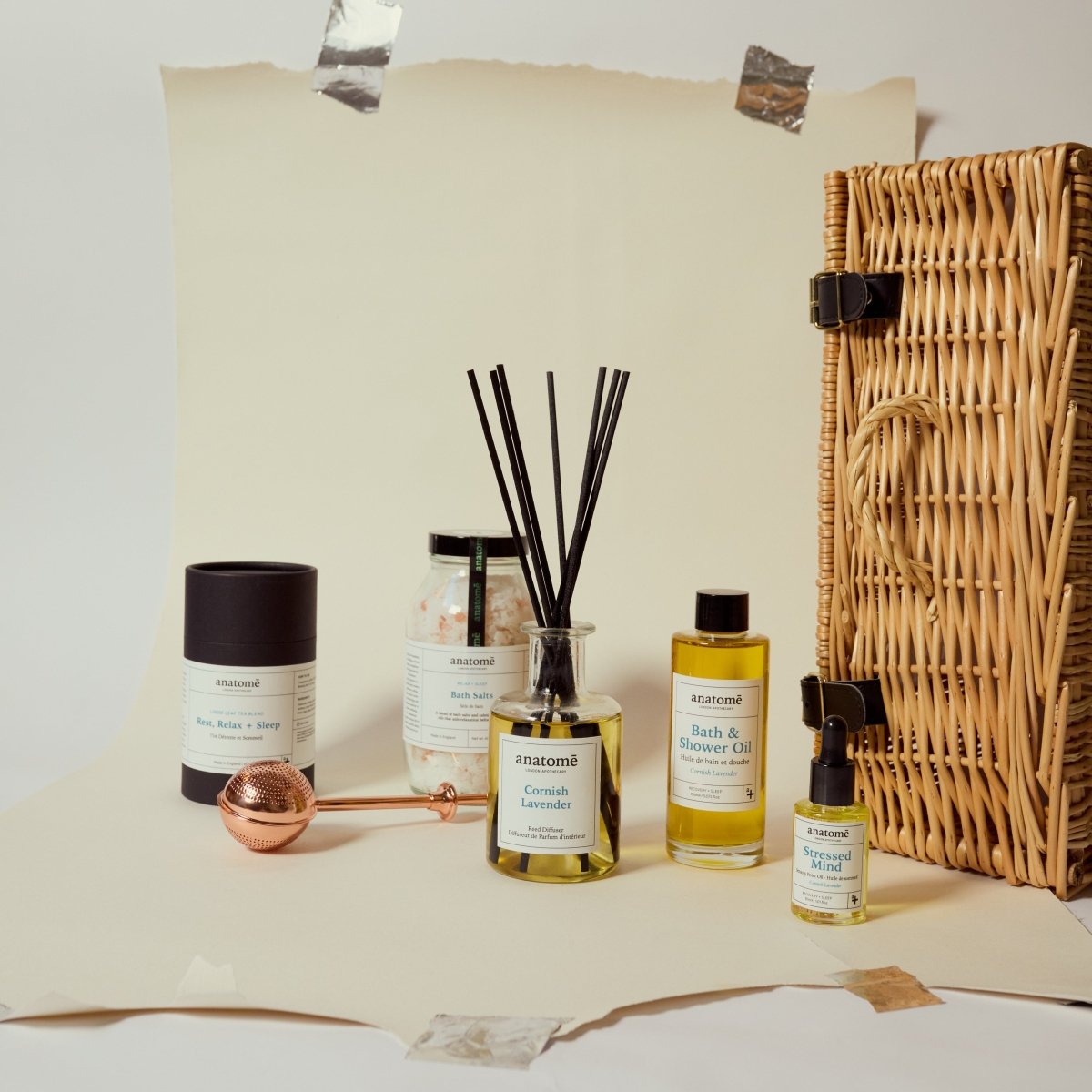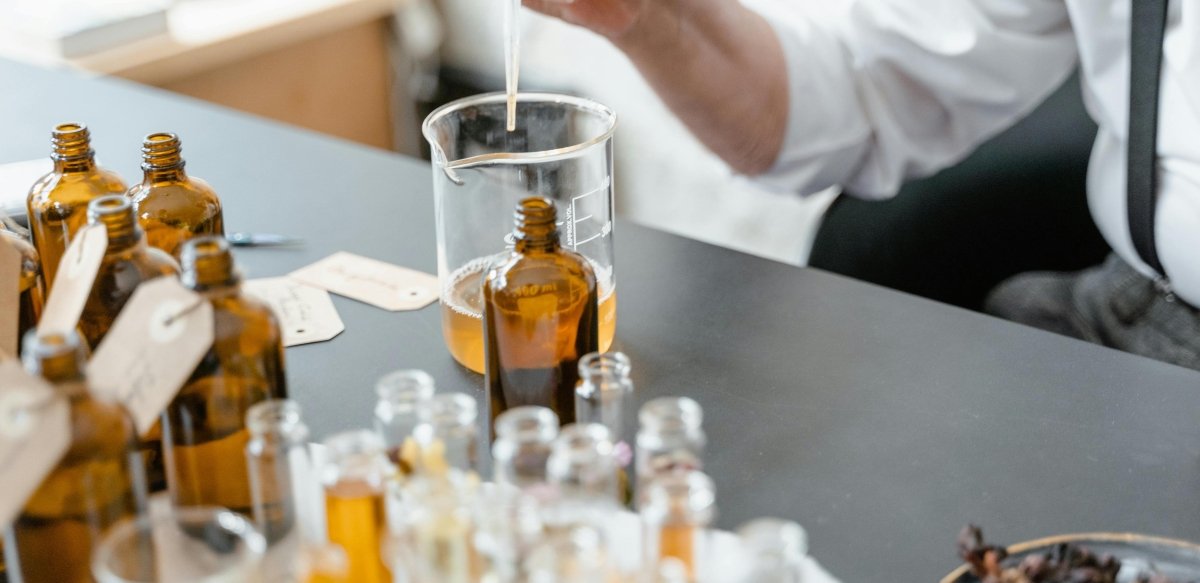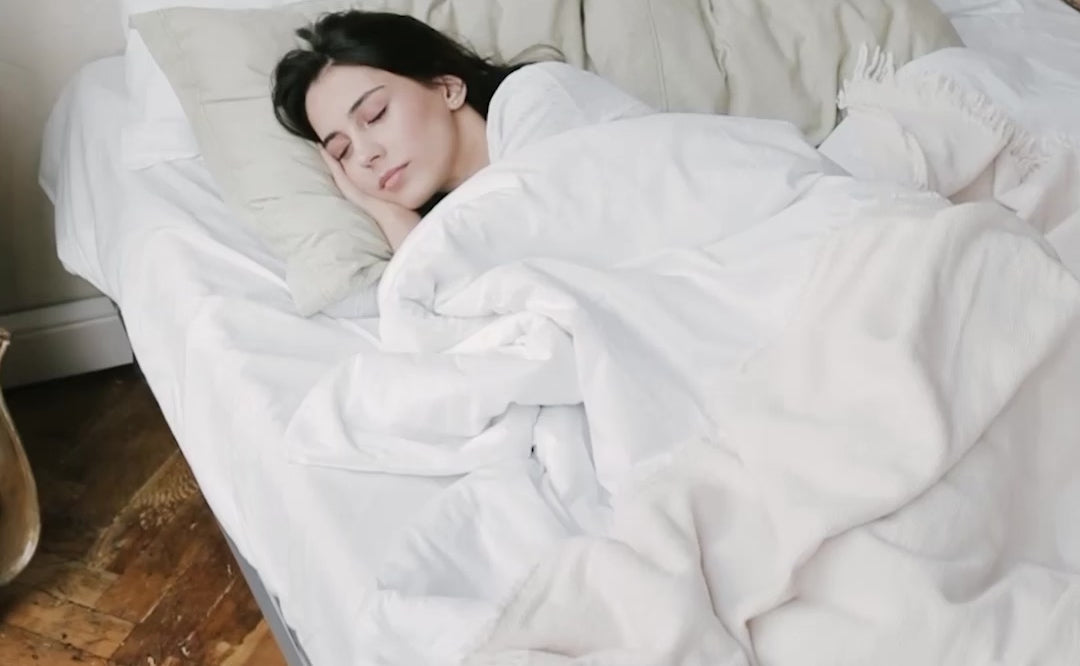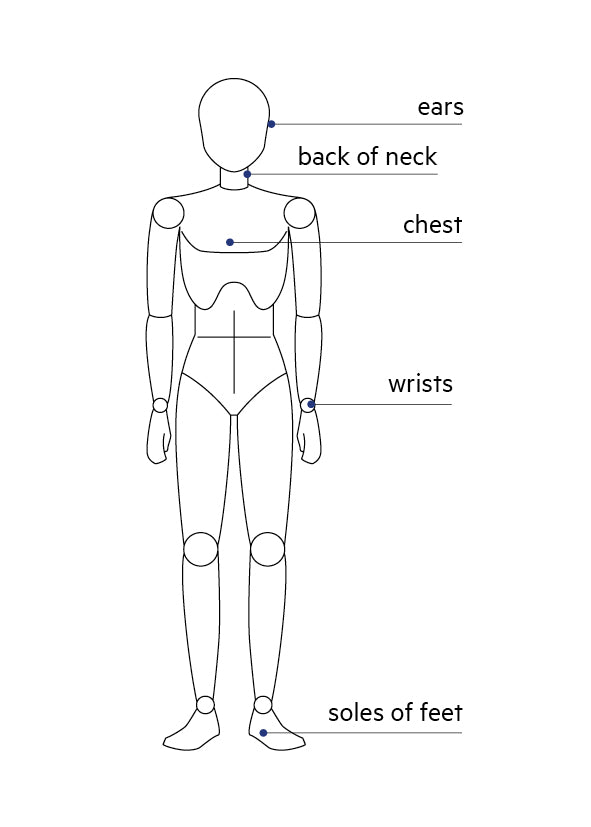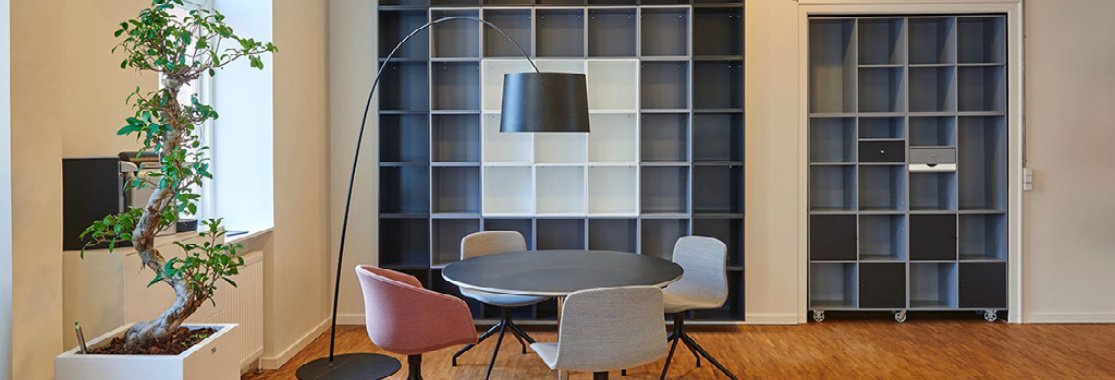Understanding Joint Pain During Menopause; Causes and Solutions
Throughout menopause, many women encounter joint pains, known as menopausal arthralgia, which can arise during both the premenopausal and menopausal phases. If you’re experiencing these aches and discomforts as you journey through menopause, rest assured you’re not alone. Joint pains can impose a considerable burden, impacting quality of life and often intensifying other menopausal symptoms, adding further complications to this transformative yet challenging time.
However, there are effective steps you can take to alleviate joint pains and make them more manageable, including lifestyle adjustments, regular physical activity, stretching, and targeted supplementation. In this post, we’ll guide you to a better understanding of menopausal joint pains, explore the reasons behind them, and provide practical strategies to make them more manageable and less intrusive - allowing you to feel your best as you navigate through menopause.
What is Menopausal Joint Pain?
Many women experience joint pain during menopause, characterised by pain, stiffness, or discomfort in the joints. The primary cause of menopausal joint pain is a decrease in oestrogen, a hormone essential for maintaining joint and bone health. Oestrogen helps reduce inflammation and keeps joint tissues lubricated and flexible, providing a natural layer of protection.
One effective treatment option for alleviating menopausal joint pain is hormone replacement therapy (HRT). HRT involves taking female hormone medications to restore hormonal balance, which can help manage various symptoms of menopause, including joint pain. It is important to consult with healthcare providers to determine if HRT is a suitable option for you.
As oestrogen levels decline, this protection lessens, making joints more susceptible to pain, inflammation, and stiffness. Oestrogen also plays a key role in supporting cartilage, the cushioning material in joints that prevents bones from rubbing together. When oestrogen levels drop, cartilage quality can diminish, increasing friction within the joints and causing discomfort. Menopause joint pain often feels worse in the morning and improves with activity, with symptoms such as stiffness that can limit mobility and affect daily activities.
This combination of reduced cartilage health and heightened inflammation often leads to joint pain and stiffness, making menopausal arthralgia a common concern for women during this stage of life.
Symptoms of Joint Pain
Symptoms of menopausal joint pain can vary in intensity and may affect multiple areas of the body. Common symptoms include;
-
Joint Stiffness: A feeling of tightness or difficulty moving, especially after periods of inactivity, such as in the morning or after sitting for extended periods.
-
Swelling and Tenderness: Inflammation around the joints can cause noticeable swelling, redness, or warmth, and joints may feel tender to the touch.
-
Aching or Soreness: Persistent or intermittent aches in the joints, often worsened by physical activity or stress on the joints.
-
Cracking or Popping Sounds: As joints lose flexibility, you might hear cracking or popping sounds when moving them, which can be a sign of cartilage wear.
-
Reduced Range of Motion: Stiffness and pain may limit your ability to fully move affected joints, impacting daily tasks and mobility.
-
Sharp or Shooting Pains: Some women may experience sudden, intense pains in areas like the knees, hands, or hips, which can be particularly bothersome during movement.
Staying active is crucial for alleviating menopause related joint pain, as specific types of physical activity can be beneficial for those experiencing discomfort during this stage.
These symptoms can be particularly common in joints that bear weight, such as the knees, hips, and spine, but can also affect your hands, shoulders, and fingers.
Effective Strategies to Alleviate Menopausal Joint Pain
Menopausal joint pain can fortunately be alleviated through some simple lifestyle adjustments and mindful additions, which are essential for managing joint pain effectively. These strategies can help reduce joint pain and manage symptoms effectively if they occur. Below are some methods to ease menopausal joint discomfort and enhance overall well-being during this life transition;
Movement and Exercise - Regular physical activity plays an essential role in helping to reduce joint pain associated with menopause. Staying active with low-impact aerobic exercises, such as swimming, walking, and cycling, can be very effective, while strength training helps to build muscles that support the joints. Flexibility exercises, including gentle stretching, yoga, and Pilates, are also highly beneficial for improving range of motion and reducing stiffness.
Eating an Anti-Inflammatory Diet - An anti-inflammatory diet can be highly effective in reducing joint inflammation. Foods such as wholegrains, dark leafy greens, berries, fatty fish, nuts, seeds, healthy fats, and probiotic yoghourt contain natural anti-inflammatory properties. It’s also beneficial to limit foods that trigger inflammation, such as refined sugars, trans fats, and excessive alcohol. Staying well-hydrated is equally important, as hydration helps keep joint tissues lubricated and functioning optimally. A well-balanced intake of anti-inflammatory foods such as fruits, vegetables, and healthy fats is crucial for managing menopausal joint pain.
De-Stressing - Managing stress can play a significant role in reducing joint pain. Chronic stress, anxiety, and depression can exacerbate pain and stiffness, making it harder to cope with menopause symptoms. Incorporating stress-relieving practices such as journaling, yoga, meditation, mindful breathing, and spending more time outdoors can ease mental strain and contribute to better joint comfort.
Getting Quality Sleep - Poor sleep can worsen joint pain and intensify other menopausal symptoms. Aim for 8-9 hours of quality sleep each night to allow your body plenty of time to recover. Establishing a healthy sleep routine; going to bed early, reducing screen time before bed, and creating a cool, comfortable sleep environment, can improve sleep quality, helping to manage joint pain more effectively.
Introducing Natural Vitamin and Mineral Supplements - Supplementing with natural vitamins and minerals specifically formulated for menopausal joint pain can provide women going through menopause with additional relief. Nutrients such as biotin, zinc, vitamin K, selenium, vitamin C, magnesium, and calcium support joint health, strengthen cartilage, reduce inflammation, and enhance bone strength. These supplements can work in conjunction with other lifestyle changes to alleviate joint discomfort and support overall health during menopause.
Relieve Menopausal Joint Pain with Support from anatomē
If you’re seeking support to relieve menopausal joint pain, explore the Women’s Health Collection at anatomē. We bring together the best of nature and science to offer natural support through the menopausal journey, understanding the profound impact that menopausal symptoms can have.
Our Women’s Health Collection is thoughtfully crafted to ease menopausal joint pain with natural, GMO-free, and thoroughly researched ingredients. To address a range of menopausal symptoms, we offer supplements including Menosupport + Renewal and Women’s Wellbeing and Daily Support, both designed to support women’s health and alleviate joint discomfort.
For enhanced relaxation, Magnesium Reset, Relax + Sleep promotes restful sleep, essential for overall recovery and well-being. With our range of menopause relief supplements, our goal is to help you feel your best at every stage of menopause, alleviating symptoms so you can continue living life fully.
Enjoy complimentary UK delivery on all orders over £50, with global shipping options available so you can access our range no matter where you are. Explore our full range of menopause support supplements at anatomē today to ease joint aches and enhance comfort.

